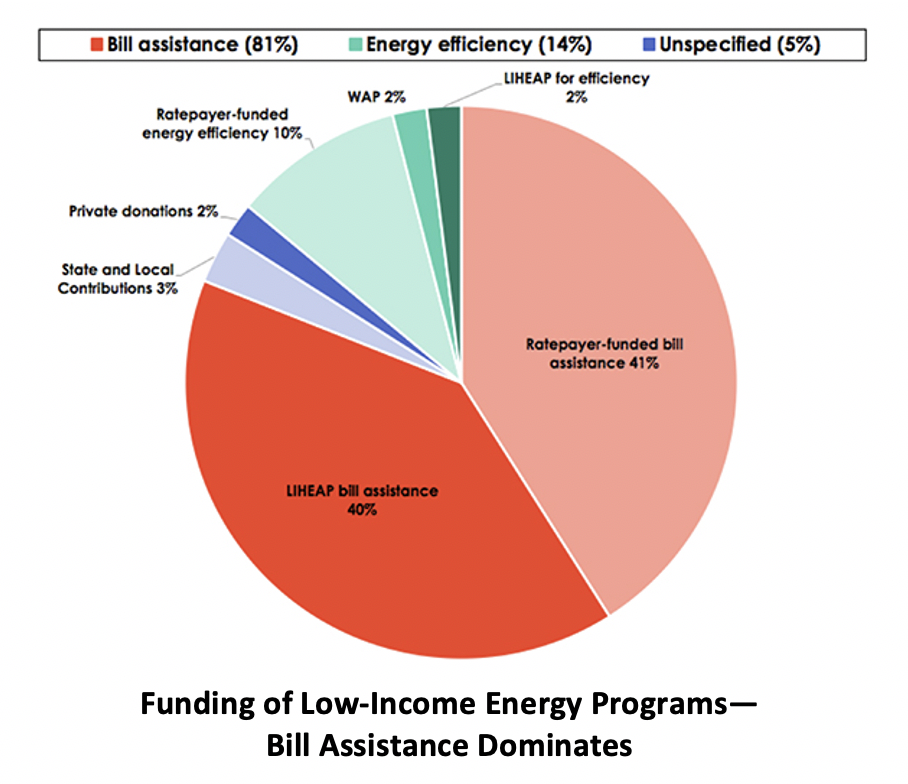Only about 20% of government funding for low-income energy in the U.S. is spent on structural and equipment improvements to housing--80% is spent on bill payment assistance. Going forward, leveraging health care benefits could grow the efficiency funding wedges.
The economics of low-income home weatherization programs could look quite different if health benefits are included. https://lnkd.in/daEqzBV.
Read more:
The Energy Act of 2020 authorizes DOE to take non-energy benefits, such as health and safety improvements, into account when determining appropriate standards and procedures for its Weatherization Assistance Program. Last month, Progress in Energy published a paper funded by the U.S. Department of Energy and co-authored by Dr. Marilyn Brown, that speaks to this issue.
After decades of weatherization and bill-payment programs, low-income households still spend a higher percent of their income on electricity and gas bills than any other income group. As public agencies and utilities attempt to transition to clean energy, many of their programs are largely inaccessible to low-income households due to affordability barriers. Leveraging health care benefits could improve the equity profile of clean energy programs.

